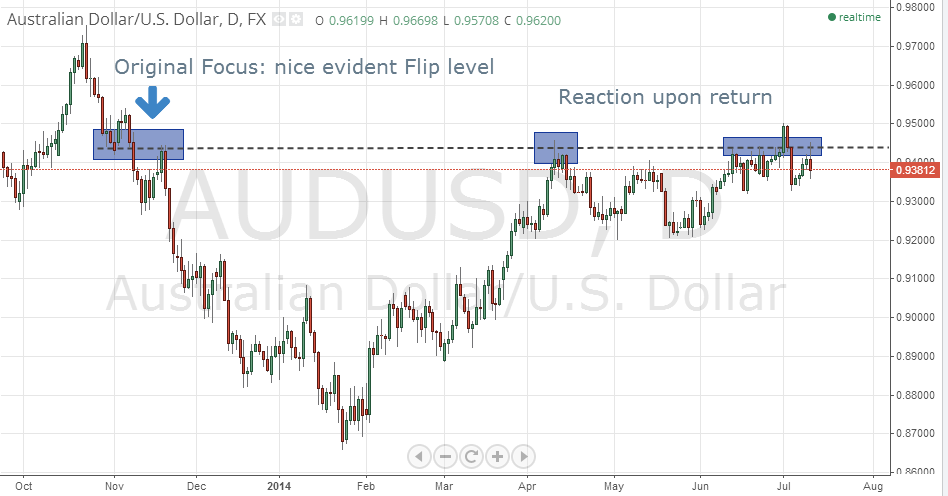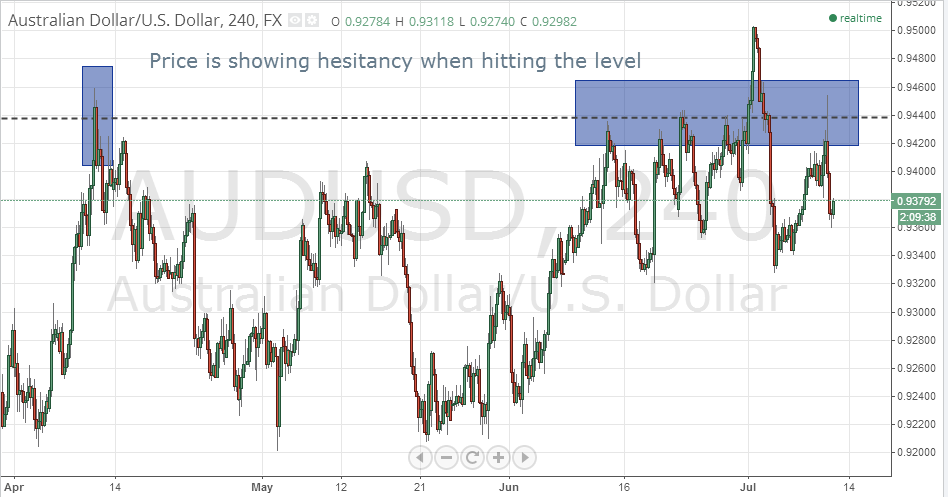1. On Price
Price action of currencies, stocks, bonds, or financial markets in general, is a reflection of human nature. Price movement is determined by investors' decisions in response to a complex mix of psychological, sociological, political, economic and monetary factors. Charts allow us to plot and measure the strength of these moves and to forewarn of potential changes. As Edwards & Magee put it “Charting is the science of recording, usually in graphic form, the actual history of trading […] and then deducing from that pictured history the probable future trend”.
At any given time, the price of a financial asset is determined by the forces of supply and demand. Supply and demand indications are typically mirrored into transactions data. Again, in the words of Edwards & Magee “ The market price reflects not only the differing value opinions of many orthodox security appraisers, but also the hopes and fears and guesses and moods, rational and irrational, of hundreds of potential buyers and sellers, as well as their needs and the resources – in total, factors which defy analysis and for which no statistics are obtainable, but which are nevertheless all synthesized, weighted and finally expressed into one precise figure at which the buyer and seller get together and make a deal.”
It's tough to argue with Edwards & Magee. They gave a very precise definition that included the psychological aspect of human decision making. It was true back then (they wrote their book in the mid 20th century) just as it is today. From a Japanese Candlestick perspective, doji’s, spinning tops, hammers, engulfing candles, inside/outside candles all offer clues as to the probable (current) psychology of the market at these tiered levels up & down the ladder.
They answer the question: “right here, right now, what is everyone thinking about the current conditions and factors that drive this asset that I am looking at?” Match your observations with some complimentary information like market chatter, fundamentals, specific order flow flavors of the day and you can begin to build a picture of the state of mind that the market finds itself in.
2. Creating a valid “map”
Now here's where it gets interesting. The natural question that comes to mind would be “well then do I always have to watch candle action to know what's going on during the day? Isn't that time -consuming?”. Of course, that would be very inefficient. Have you ever been to a psychotherapist? Does the psychotherapist ask you every minute of the time “what you're thinking and how you're feeling”? Or does the therapist let you talk and stop you for assessments on how you feel only when something important comes around?
My point is that it's useless to sit in front of a screen constantly asking yourself what's happening. Just focus on some “points on the chart” that mean something. Only ask the questions when price is ready to tell you something important.

Source: Tradingview.com
Dialling down a time frame (zooming in a little) you can see the same reaction:
 Source: Tradingview.com
Source: Tradingview.comSo where exactly on the chart is it useful to “ask the market what it's thinking”? Some evident zones are:
- area’s where price action has previously reacted to demand or supply, showing some sort of imbalance;
- previous levels of agreement (or consolidation);
- round numbers(1.3500, 1.3600, etc.).
To sum up: we are always searching for eays to make our life easier as traders. One way is to remind ourselves that the market is made up of uncountable agendas, and all the emotions get displayed through the charts we use. By focusing on the larger time frames as price reaches prior levels of importance on the chart, we have a direct answer to “what the entire market is thinking right here, right now”. Price can help understand the market's perspective on things...you only know where and when to ask!
Good Luck!
REFERENCES
1. Orderflowtrading for fun and for profit – Daemon Goldsmith 2011
2. Market Mind Games – Denise Shull
3. Edwards & Mage – Technical Analysis of Stock Trends
Note: All information on this page is subject to change. The use of this website constitutes acceptance of our user agreement. Please read our privacy policy and legal disclaimer. Opinions expressed at FXstreet.com are those of the individual authors and do not necessarily represent the opinion of FXstreet.com or its management. Risk Disclosure: Trading foreign exchange on margin carries a high level of risk, and may not be suitable for all investors. The high degree of leverage can work against you as well as for you. Before deciding to invest in foreign exchange you should carefully consider your investment objectives, level of experience, and risk appetite. The possibility exists that you could sustain a loss of some or all of your initial investment and therefore you should not invest money that you cannot afford to lose. You should be aware of all the risks associated with foreign exchange trading, and seek advice from an independent financial advisor if you have any doubts.
Editors’ Picks
EUR/USD clings to gains above 1.0750 after US data

EUR/USD manages to hold in positive territory above 1.0750 despite retreating from the fresh multi-week high it set above 1.0800 earlier in the day. The US Dollar struggles to find demand following the weaker-than-expected NFP data.
GBP/USD declines below 1.2550 following NFP-inspired upsurge

GBP/USD struggles to preserve its bullish momentum and trades below 1.2550 in the American session. Earlier in the day, the disappointing April jobs report from the US triggered a USD selloff and allowed the pair to reach multi-week highs above 1.2600.
Gold struggles to hold above $2,300 despite falling US yields

Gold stays on the back foot below $2,300 in the American session on Friday. The benchmark 10-year US Treasury bond yield stays in negative territory below 4.6% after weak US data but the improving risk mood doesn't allow XAU/USD to gain traction.
Bitcoin Weekly Forecast: Should you buy BTC here? Premium

Bitcoin (BTC) price shows signs of a potential reversal but lacks confirmation, which has divided the investor community into two – those who are buying the dips and those who are expecting a further correction.
Week ahead – BoE and RBA decisions headline a calm week

Bank of England meets on Thursday, unlikely to signal rate cuts. Reserve Bank of Australia could maintain a higher-for-longer stance. Elsewhere, Bank of Japan releases summary of opinions.
RECOMMENDED LESSONS
Making money in forex is easy if you know how the bankers trade!
Discover how to make money in forex is easy if you know how the bankers trade!
5 Forex News Events You Need To Know
In the fast moving world of currency markets, it is extremely important for new traders to know the list of important forex news...
Top 10 Chart Patterns Every Trader Should Know
Chart patterns are one of the most effective trading tools for a trader. They are pure price-action, and form on the basis of underlying buying and...
7 Ways to Avoid Forex Scams
The forex industry is recently seeing more and more scams. Here are 7 ways to avoid losing your money in such scams: Forex scams are becoming frequent. Michael Greenberg reports on luxurious expenses, including a submarine bought from the money taken from forex traders. Here’s another report of a forex fraud. So, how can we avoid falling in such forex scams?
What Are the 10 Fatal Mistakes Traders Make
Trading is exciting. Trading is hard. Trading is extremely hard. Some say that it takes more than 10,000 hours to master. Others believe that trading is the way to quick riches. They might be both wrong. What is important to know that no matter how experienced you are, mistakes will be part of the trading process.
